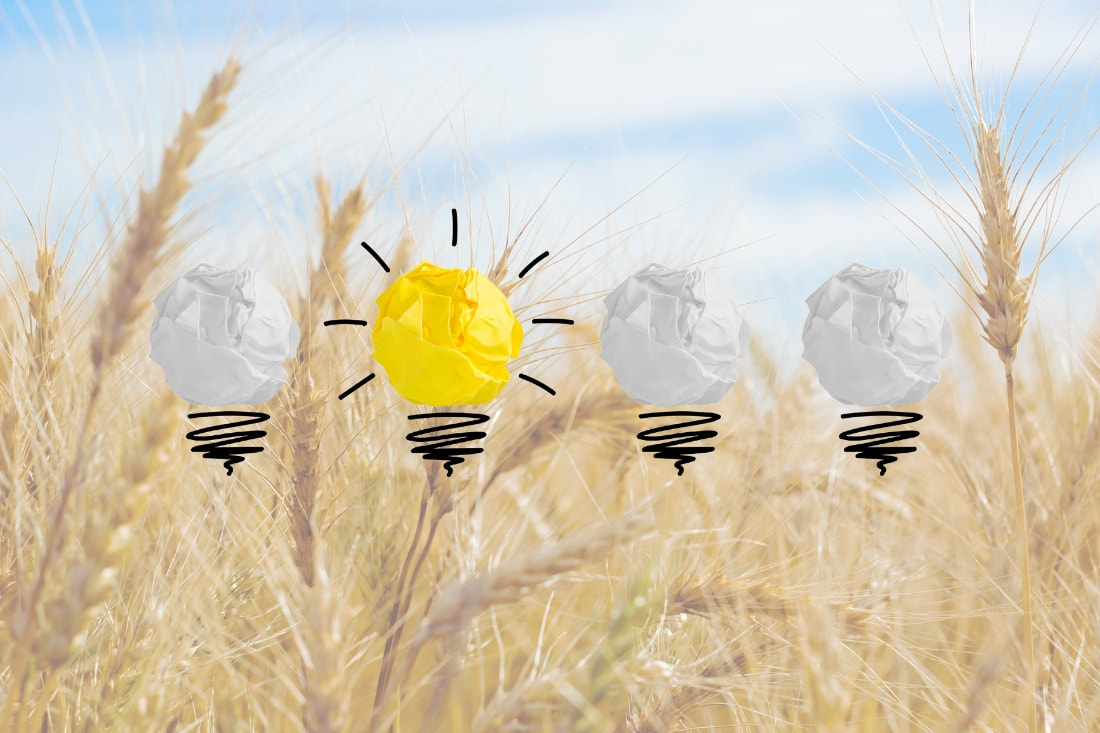Fund backgroundAs part of funding received from the Wakool Agri-Innovation Program, we developed The Wakool Innovation Fund. This fund was awarded to projects that contribute to an increase of on-farm efficiencies and demonstrate diversification of value adding potential or implement a new innovative technology.
The funding was assessed on four key selection criteria based on the below:
A panel of three WMLIG board members was formed to select the successful recipients. |
Wakool Innovation Fund Recipients
|
Winner: Richard Gibson
A drone detection device that can detect ewes that are down when lambing, without disturbing the mob of sheep. There is also the possibility of extending this to detecting blowouts in crops and dam levels and more. Frequently ewes are cast with an obstructed lamb. These difficult births have been attributed to 21% of the total lamb deaths during lambing. Currently the solution is manually monitoring the flock and attending to the ewe where required. Patrolling the mob can contribute to mis-mothering by stressing and moving the mob. This innovation will utilise Amazon web services technology to build a custom model that can detect down ewes using photography provided by a drone. Only once the model has detected a ewe in distress does the farmer need to intervene. Farmers can also use the drone to detect stock on large properties and detect water trough levels. Other ideas are to check dam levels, ewes stuck in mud, patrol and scare ducks from crops. |
Winner: Marc Brooke
A seeding machine that will be adapted to suit the heavy soils in our region, allowing more planting of native species which will have not only environmental benefits but also assist production. Help to support our populations of flora and fauna. One example of supporting flora and fauna is revegetating areas for Litoria Raniformis our beloved southern bell frog. Famers are increasingly planting shelter belts for sheltering stock, helping to increase production. |
Winner: Peter McDonald
A robust solar powered automatic lamb feed system that is manufactured locally and can be replicated and converted for other stock as well. Research has revealed that there are existing lamb finishing systems that are solar powered that you can set and forget, they work by having a solar powered auger connected to a silo that can be programmed to come on as often as they are needed to fill a grain trough, however to date they are not robust enough. The plan is to build a stronger unit using local manufacturers Farmor and Whelan Solar panels. It will be robust and reliable, thus eliminating the problems of the current systems on the market. |



